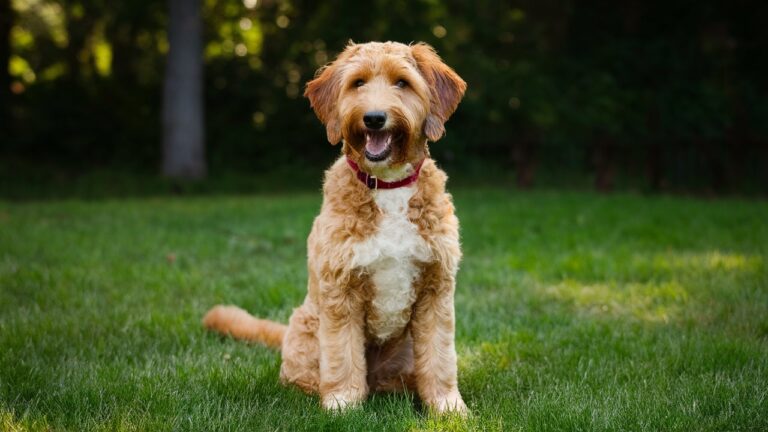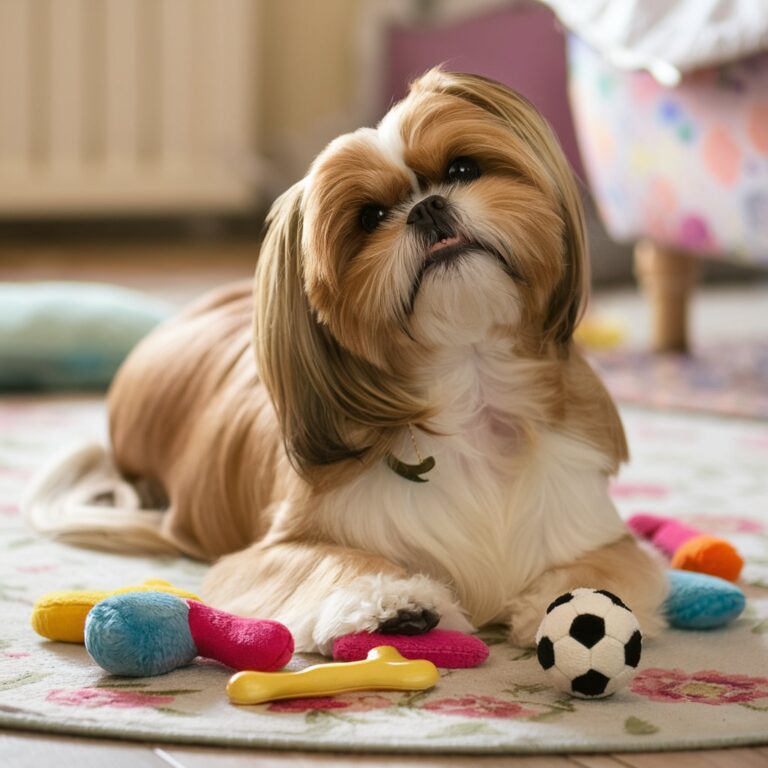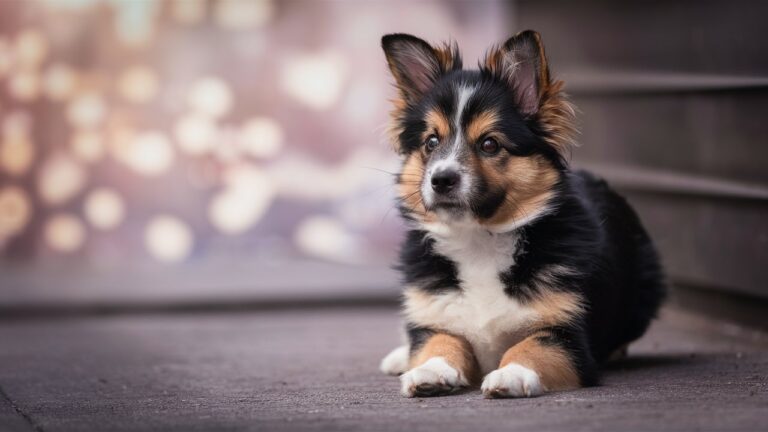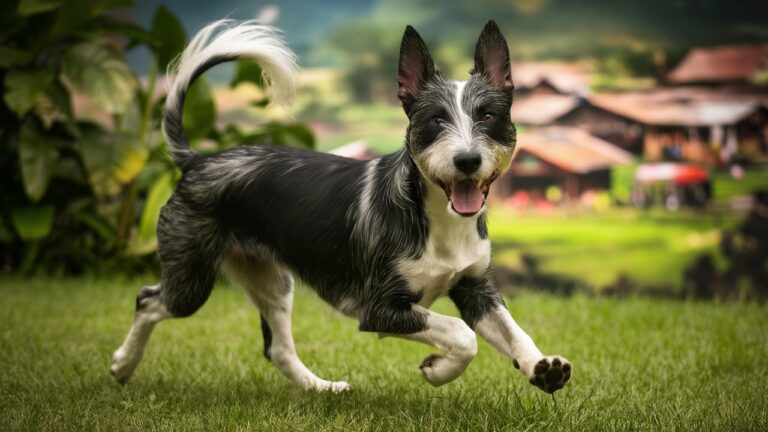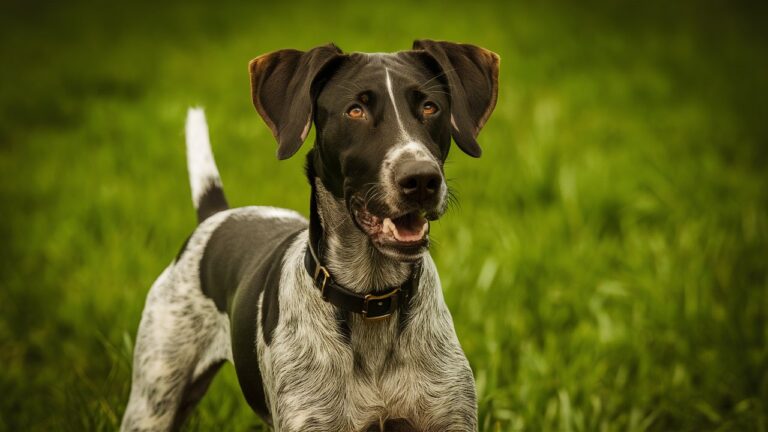7 Cold Weather Dogs: The Best Breeds for Chilly Climates
When the temperature drops and snow blankets the ground, some dogs come to life, thriving in conditions that might make others shiver. These cold weather dogs are built to handle the harshest of winters, with thick coats, strong bodies, and a natural resilience that makes them ideal companions for snowy adventures. If you live in a region with cold winters or are considering adopting a dog that can handle frosty conditions, this guide will help you understand which breeds are best suited for chilly climates.
The Anatomy of a Cold Weather Dog
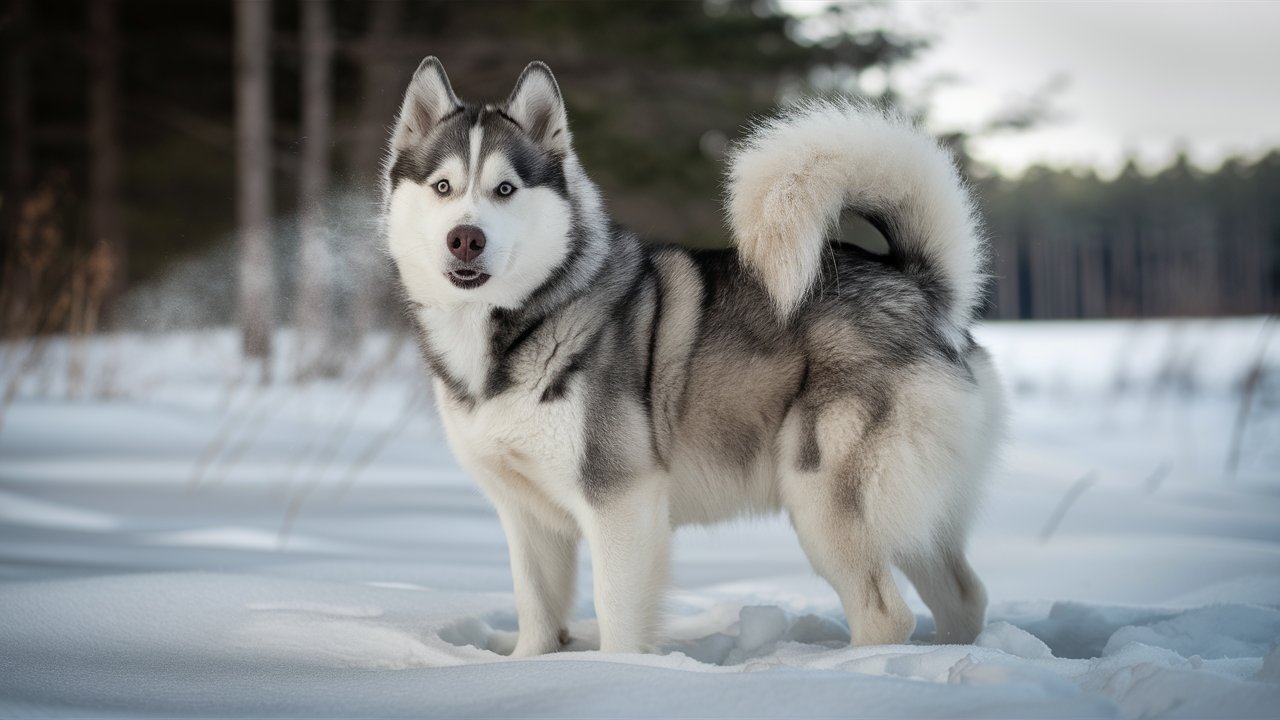
Cold weather dogs share certain characteristics that make them well-equipped to handle low temperatures. These features include:
- Double Coats: Most cold weather dogs have a double coat, which consists of a dense undercoat for insulation and a weather-resistant outer coat that repels snow and rain.
- Thick Fur on Paws: To protect against frostbite and cold surfaces, many cold weather breeds have thick fur between their paw pads.
- Sturdy Build: These dogs are often muscular and sturdy, giving them the strength to navigate through snow and ice.
Top Cold Weather Dog Breeds
Here are some of the best dog breeds known for their ability to thrive in cold climates.
1. Siberian Husky
The Siberian Husky is perhaps the most iconic cold weather dog breed. Originally bred by the Chukchi people of Siberia to pull sleds over long distances, Huskies have a thick double coat that keeps them warm in freezing temperatures. Their almond-shaped eyes, which can be blue or brown, add to their striking appearance.
Personal Anecdote: I remember my first winter hike with a Siberian Husky named Luna. While I was bundled up in layers, Luna sprinted through the snow with unbridled enthusiasm, her thick fur keeping her perfectly comfortable. It was a joy to see her thrive in the environment she was bred for.
2. Alaskan Malamute
Closely related to the Siberian Husky, the Alaskan Malamute is another breed built for the cold. Larger and more powerful than the Husky, Malamutes were originally used to haul heavy loads in arctic conditions. Their dense, double-layered coat makes them impervious to freezing temperatures, and their friendly, affectionate nature makes them great family pets.
3. Saint Bernard
The Saint Bernard is famous for its role as a rescue dog in the Swiss Alps. These gentle giants have thick fur and a calm, patient demeanor, making them ideal for cold weather work and family life alike. Despite their size, Saint Bernards are known for being gentle with children and other pets.
Personal Anecdote: I once visited a friend in the Alps who had a Saint Bernard named Max. Watching Max navigate the snowy terrain with such ease and grace was a reminder of how well these dogs are adapted to their environment. He was a big, fluffy bundle of love that everyone in the village adored.
4. Bernese Mountain Dog
The Bernese Mountain Dog is a versatile working breed from Switzerland, known for its strength and ability to thrive in cold climates. With a tri-colored coat and a friendly disposition, the Bernese Mountain Dog is both a hard worker and a beloved family companion. Their thick, long fur keeps them warm in the winter, making them excellent outdoor companions in cold weather.
5. Newfoundland
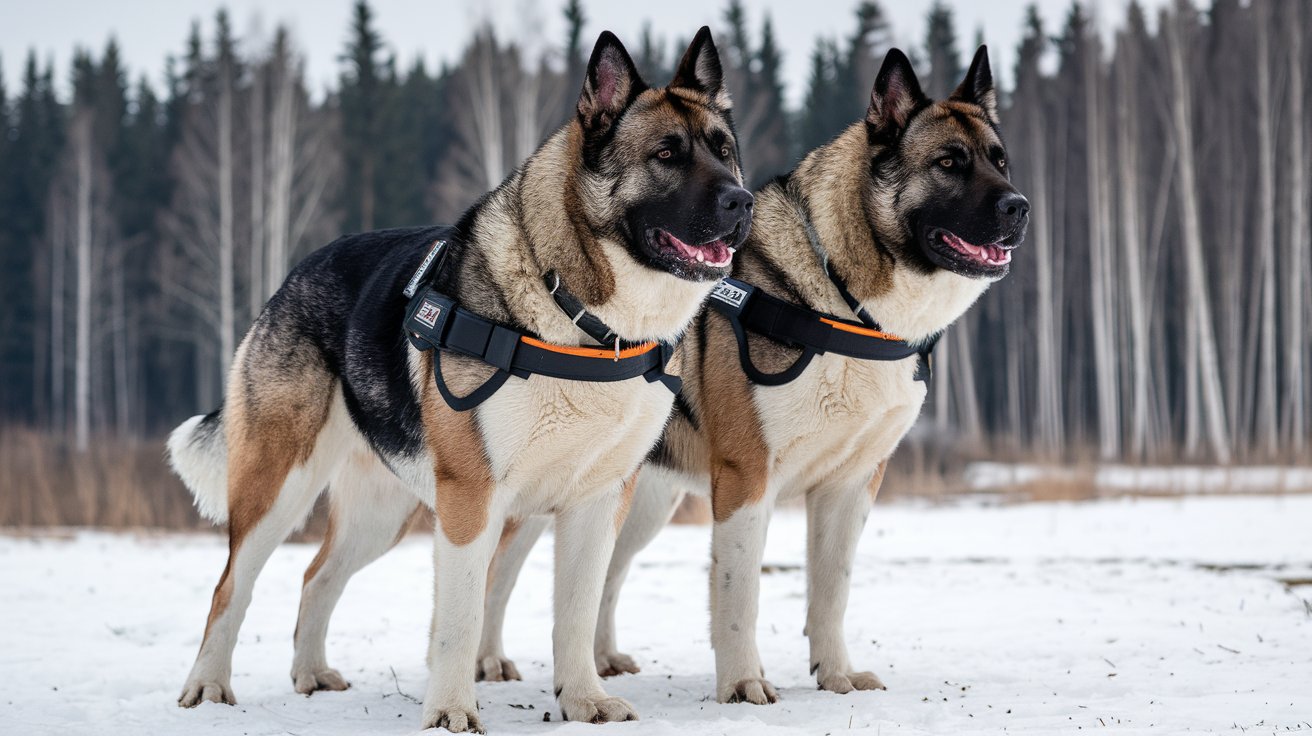
Newfoundlands are large, powerful dogs originally bred for working in cold water. Their webbed feet and thick, water-resistant coat make them excellent swimmers, while their gentle temperament makes them wonderful family pets. Newfoundlands are particularly well-suited for snowy conditions and have been known to assist in water rescues.
Personal Anecdote: A Newfoundland named Bear lived next door when I was growing up. During the winter, Bear would leap into the snowbanks with pure joy, often digging tunnels through the drifts. His thick coat and happy demeanor made him a neighborhood favorite, especially when it came to playing in the snow.
6. Samoyed
The Samoyed is a stunningly beautiful breed with a thick, fluffy white coat that is well-suited for cold climates. Originally bred by the Samoyede people of Siberia for herding reindeer and pulling sleds, Samoyeds are known for their friendly and social nature. Their coat not only provides warmth but also reflects sunlight, preventing them from overheating even in intense sunlight reflecting off snow.
7. Tibetan Mastiff
The Tibetan Mastiff is a powerful, ancient breed that was traditionally used by nomadic herders in the Himalayas to protect livestock from predators. These dogs have a thick double coat that protects them from the harsh weather conditions of their mountainous homeland. Tibetan Mastiffs are known for their independence and strong-willed nature, making them best suited for experienced dog owners.
Caring for Cold Weather Dogs
While these breeds are built for the cold, they still require proper care to ensure they remain healthy and happy during the winter months.
1. Diet and Nutrition
Cold weather dogs often require more calories in the winter to maintain their energy levels and body heat. A diet rich in high-quality protein and fats is essential. Make sure to consult with your veterinarian to determine the best diet for your dog during the winter months.
2. Grooming
Regular grooming is essential to maintain the health of a cold weather dog’s coat. Brushing helps to remove dead hair and prevent matting, which can reduce the coat’s insulating properties. Additionally, check for snow and ice buildup between your dog’s paw pads and remove it to prevent frostbite.
Personal Tip: I learned the hard way that even thick-coated dogs can suffer from snowballs forming between their toes. After a particularly snowy walk, my dog, Bella, started limping, and I discovered ice clumps stuck in her fur. Now, I make sure to check and clean her paws after every snowy adventure.
3. Outdoor Time
While these breeds love the cold, it’s still important to monitor them during extreme weather conditions. Hypothermia and frostbite can still occur, especially in puppies, older dogs, or those with health issues. Make sure your dog has access to a warm, dry shelter when they’re not outside.
4. Exercise and Mental Stimulation
Cold weather dogs are often high-energy breeds that require regular exercise and mental stimulation, regardless of the temperature. Activities like snowshoeing, hiking, and even sledding can provide excellent exercise during the winter months.
Personal Anecdote: One winter, I decided to try skijoring with my Alaskan Malamute, Koda. It was an exhilarating experience, watching Koda do what he was born to do—pulling with incredible strength and joy. It became our favorite winter activity, and it’s something I highly recommend for those with energetic cold weather dogs.
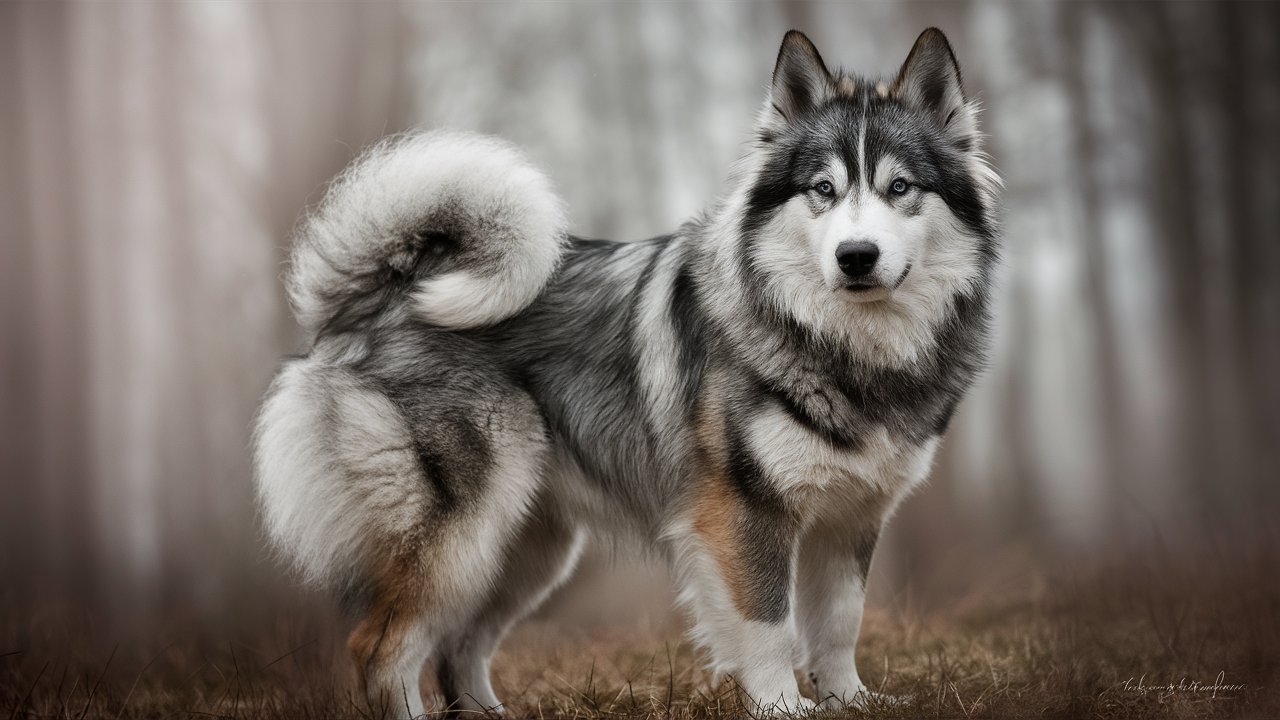
Conclusion
Cold weather dogs are remarkable breeds, capable of thriving in some of the harshest climates on earth. Whether you’re looking for a dog to join you on snowy adventures or simply want a furry companion who can handle the winter chill, these breeds are sure to impress. Remember that even though cold weather dogs are built for the cold, they still require love, care, and attention to stay healthy and happy.
If you’re considering adding a cold weather dogs to your family, make sure to do your research and choose a breed that fits your lifestyle. With the right care and attention, cold weather dogs will not only survive but thrive in the winter months, bringing warmth and joy to your home all year round Cold Weather Dogs.
